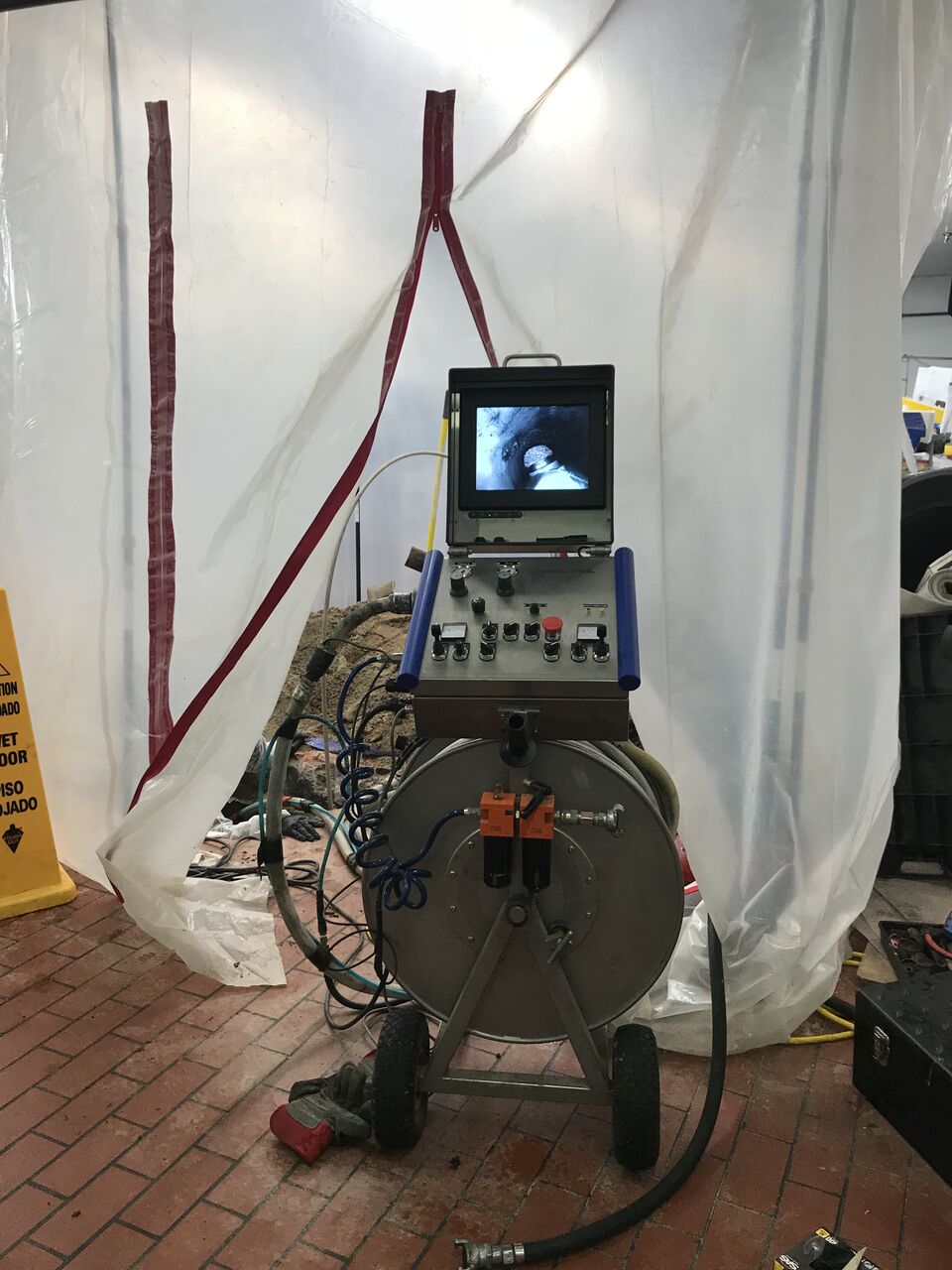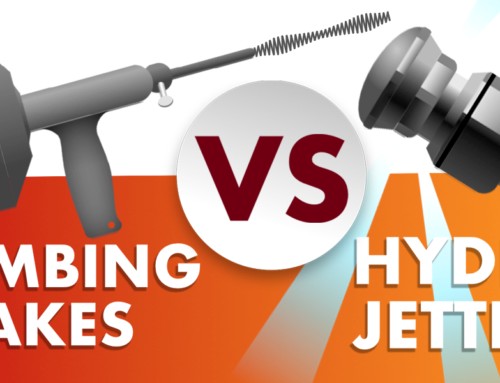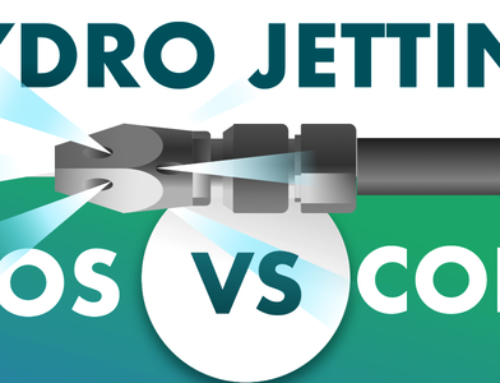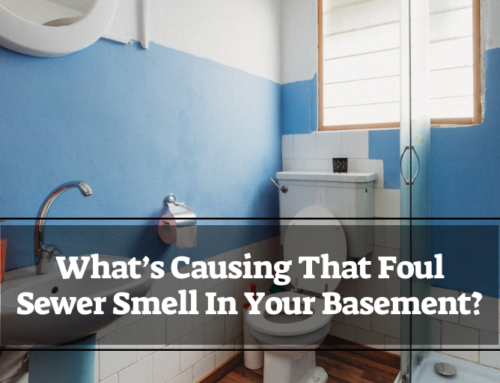Are you currently experiencing trouble with your drainage pipes and wondering how does trenchless sewer repair work? If so, stick around because we’re going to answer a few questions you probably have including…
-What is trenchless sewer repair?
-What are the different trenchless methods for repairing broken sewers?
-How do these methods work?
-What are the benefits of repairing my sewer using trenchless techniques?
Ok, let’s get started!
What is trenchless sewer repair exactly?
First of all, let’s talk about trenches…
A trench is basically nothing more than a long ditch. When we repair sewers using conventional techniques we need to dig ditches. Therefore, trenchless sewer repair means fixing your pipes without ditches. In other words, little or no digging.
Trenchless techniques can repair sewers in hours vs the days (and sometimes weeks!) necessary to fix them using old school methods.
Trenchless methods are less expensive than traditional techniques because you don’t have to fork out money to repair the damage caused by knocking down walls and tearing up floors.
Finally, trenchless methods aren’t nearly as inconvenient as traditional methods. For example, rarely does traffic need to be rerouted and you can usually stay in your home while the repairs are taking place.
Types of trenchless sewer repair
These are the trenchless techniques most commonly used to fix drainage pipes. We’ll go over each one in more detail in the next section.
Structural pipe lining – This technique is also called cured-in-place-pipe lining or just CIPP for short. It involves creating a new pipe within your old, damaged pipe.
Pipe bursting – Pipe bursting completely replaces a damaged pipe by pulling a brand new pipe into it.
Spray lining or brush coating – Instead of inserting a felt liner to create a pipe-within-a-pipe, spraying lining or brush coating sprays the inside of the pipe with a special epoxy or flexible polymer.
How trenchless sewer repair works
Structural pipe lining
The first step in structural pipe lining is to examine the damaged sewer line with a camera. This inspection serves two purposes. It assesses the condition of the pipe and tells the contractor if trenchless sewer repair is even possible in order to fix the damage.
If the contractor decides that structural pipe lining is the best way to repair the damage…
The damaged pipe is accessed (usually via two 4ft x 4ft pits) and a deflated, epoxy-soaked liner is inserted into the pipe. Inside this liner is a bladder and after the liner is inside the pipe, the bladder is inflated in order to press the liner up against the damaged pipe. After the liner has cured for a few hours the bladder is deflated, removed, and your pipe is as good as new.
The final step is another camera inspection to make sure everything went well. If it did, the line is ‘reinstated’. You see, there may be branches of the damaged pipe that were covered over during the pipe lining process. These branches need to be re-opened, or ‘re-instated’. After this is done the pits used to access the pipe are filled and your new pipe-within-a-pipe is ready for use.
For more information see our page (including a video) on structural pipe lining.
Pipe bursting
For structural pipe lining to work, the damaged pipe must have a certain amount of structural integrity. In other words, there must be something there to line. Pipes with a lot of damage can be replaced – rather than repaired – using a trenchless technique called pipe bursting.
During pipe bursting, the contractor will dig two pits, one at each end of the section being replaced. One is the insertion pit and the other is the pulling pit.
A steel cable is then fed through the pulling pit and up into the insertion pit. A bursting head and the HDPE replacement pipe are then attached to the cable. The cable is now pulled back through the damaged pipe using a winch. As this happens, the damaged pipe breaks apart and the new replacement pipe takes its place.
For more information about pipe bursting(including a video) see our page on pipe bursting.
Spray lining or Brush coating
Sewer spray lining or brush coating involves spraying or brushing a flexible polymer resin directly onto the inside of the pipe.
After the damaged pipe has been inspected by a sewer camera to see if there are any cracks or obstructions, it is cleaned to remove any scale or buildup and then prepped.
A spray nozzle is then inserted into the pipe via an access point and pushed all the way to the end of the section being repaired. The nozzle is then pulled back through the pipe toward the access point, spraying the inside of the pipe along the way. If necessary, the process is repeated and the resin is allowed to cure for a few hours.
Your new pipe is now ready for use!
The benefits of trenchless sewer repair work
Now that you know how these repairs work, let’s take a look at the main benefits…
- Less expensive – Trenchless repair methods are usually less expensive than old school methods for one main reason: They don’t cause as much damage to your property. Conventional sewer repair techniques are invasive and usually involve extensive digging. After the repair is done, you’re left with the cost of putting everything back the way it was before. That can be quite expensive and sometimes even costs more than the repair itself.
- Faster – Conventional sewer repair methods often take days or even weeks to finish a job. Trenchless repairs, on the other hand, are usually completed within hours.
- Minimal or no damage to property – Trenchless methods are minimally-invasive and therefore less likely to result in extensive property damage. There may be some damage, because we do need to get at the underground pipes somehow. However, it won’t be on the scale seen with old school techniques.
- You probably won’t need to relocate while repairs are going on – Traditional sewer repair methods often mean spending extra money to stay in a hotel while the repairs are taking place. With trenchless sewer repair, you can usually stay in your home while the contractor is working. There also usually isn’t any interruption in water service.
We’re Sewer Pros, a licensed and insured trenchless sewer repair contractor serving Los Angeles and Orange County. Contact us today at (310) 564-2627 to learn how this minimally-invasive method of fixing damaged sewer pipes can save you both time and money!








Leave A Comment